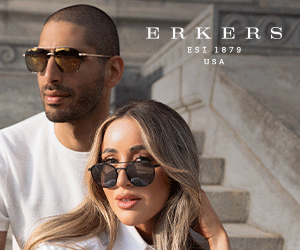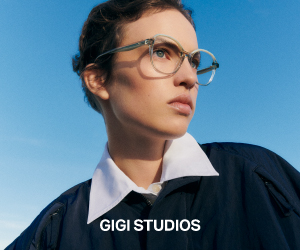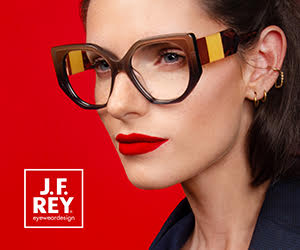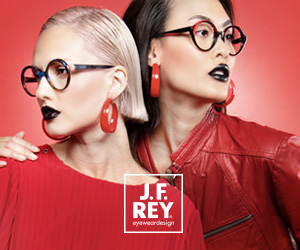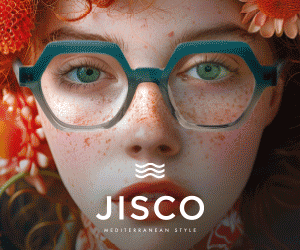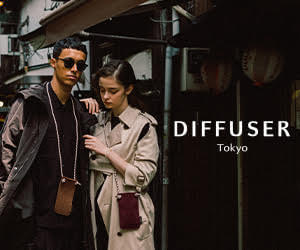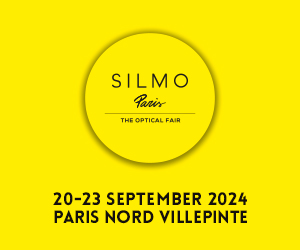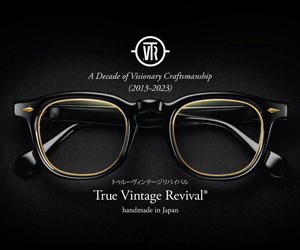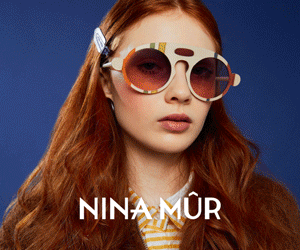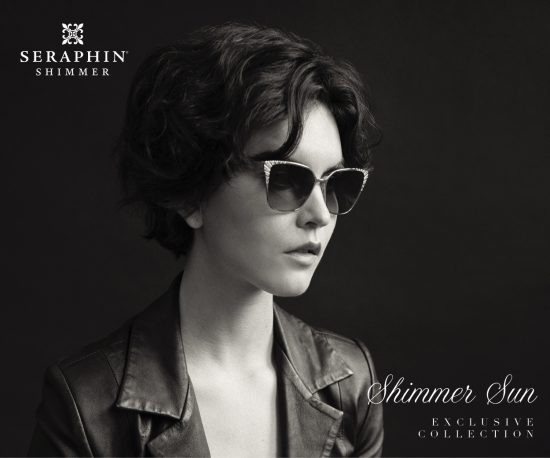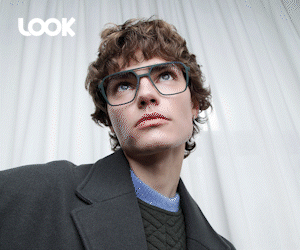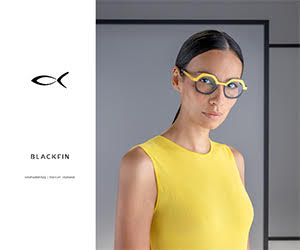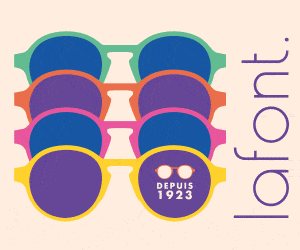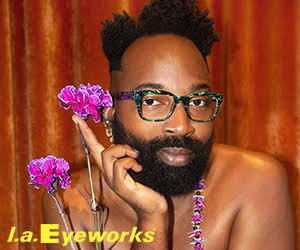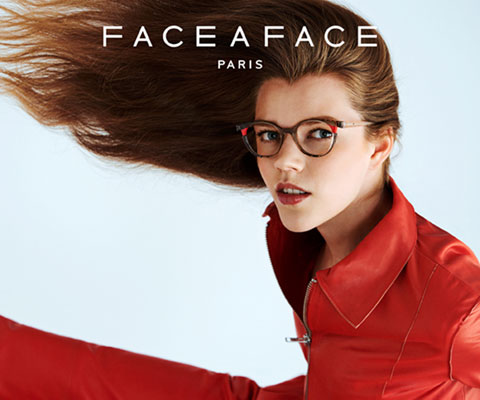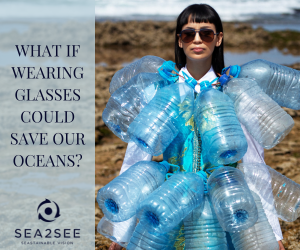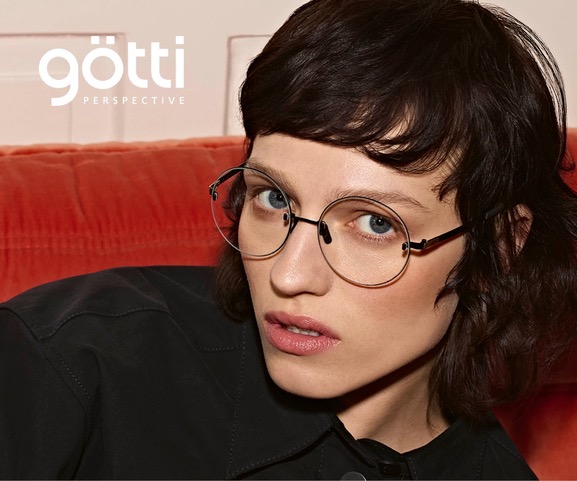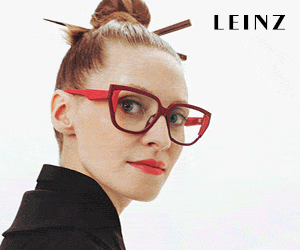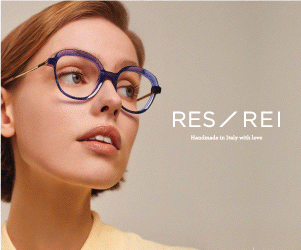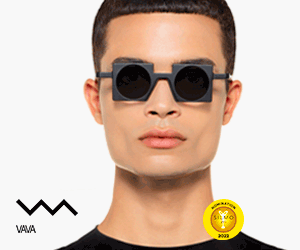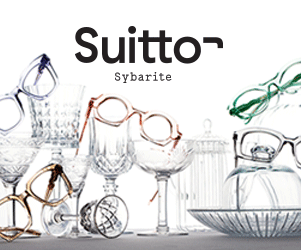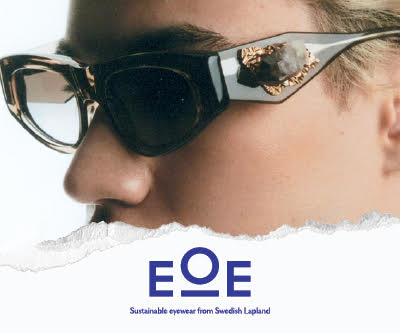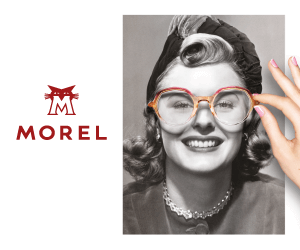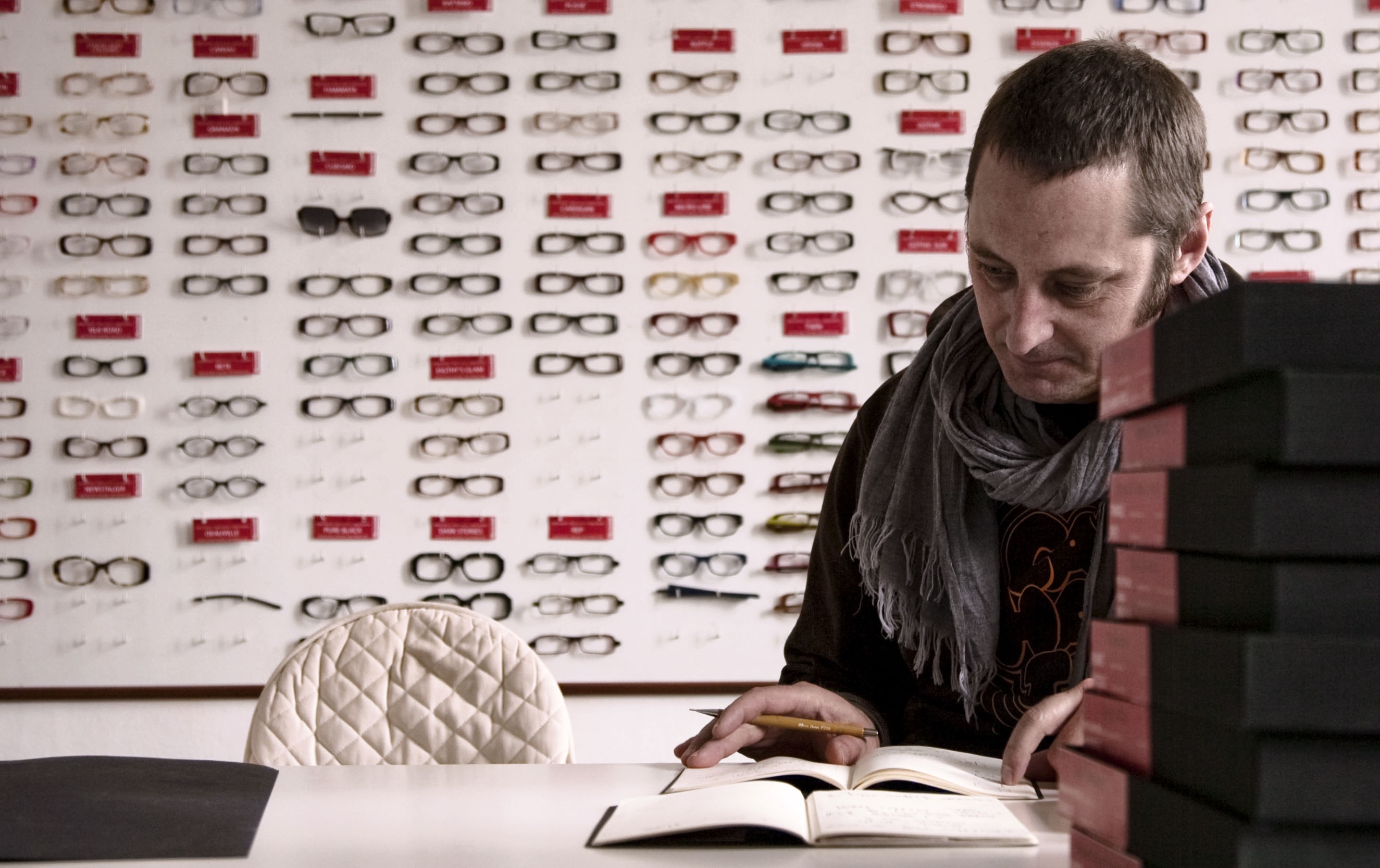Götti Eyewear, Zurich, Switzerland
Sven Götti is the creative spirit and force behind this iconic Swiss brand. Sven describes in his own words, the history of Götti and his harmonious approach to design.
“I opened the optical shop GÖTTI + NIEDERER in Lucerne together with Urs Niederer in 1993. Through interior design, which was revolutionary at the time, plus highly respected window displays and unprecedented exhibitions, our shop quickly became known beyond the borders of Switzerland. After working hard for three years to build the business, and gathering plenty of experience, it was time for me to launch my own collection. This was new territory for me, since eyewear design was not part of an optician’s education. I soon found a CAD computer program and began to design the first eyeglasses for our shop in the evenings and on weekends. We had these produced from buffalo horn in small production series. When I took the step into independence, I assumed a very important principle that is still with me today: to always choose that which I can stand behind personally, with pleasure and consistency. Since I still design our own collection according to this creed today, my signature is still recognizable throughout the collection. What I find fascinating is that in this way, I address precisely the customer that I also tend to like. After fourteen years of dedication, I am still enthusiastic about this exciting work, and continue to be astonished by what is possible when it comes to eyeglasses and people. I like to compare the creative process of new eyeglasses with composing new melodies. Even with a fixed number of notes, new songs are continuously being composed. In principle, I design eyeglasses like a composer – variations in shape are my notes, and only the perfect form has the right sound.

“For creative inspiration, I let myself be guided by fashion flow and trends. To find these and anticipate them is a continuous process. I often find inspiration on the road. Everywhere I go, I look for input, new designs and trends. A walk in a city, where I see people and faces, belongs to my work. It can also be a very old model that draws my attention. I sometimes think, ‘Wow! they had a good solution at that time.’ In our collections, we process all possible materials, like genuine horn, titanium, acetate and epoxy. Acetate I find a particularly valuable material. The infinite varieties of colour combinations challenge the creative process. To bring out these often hidden colours in the production of all three dimensions is fascinating. Last year, we introduced the SPIN & STOW mechanism, which makes it possible to create flat sunglasses by twisting the temple. This feature gave us a lot of fun and brought positive feedback. It is our goal to inspire our customers with beautiful shapes in addition to new technical solutions. It’s exactly this point I find so exciting and challenging about eyewear design – the combination of shapes, fashion and technology.” JG

